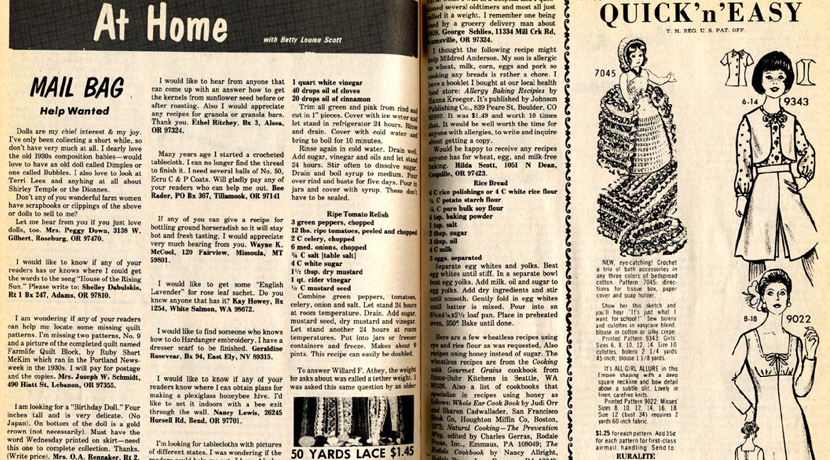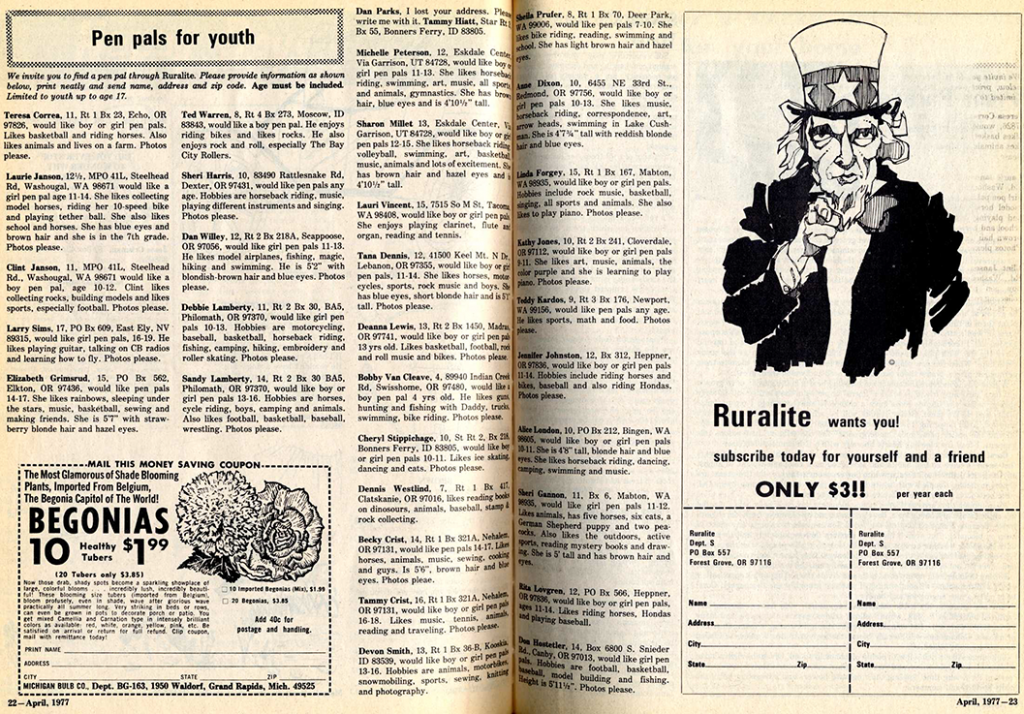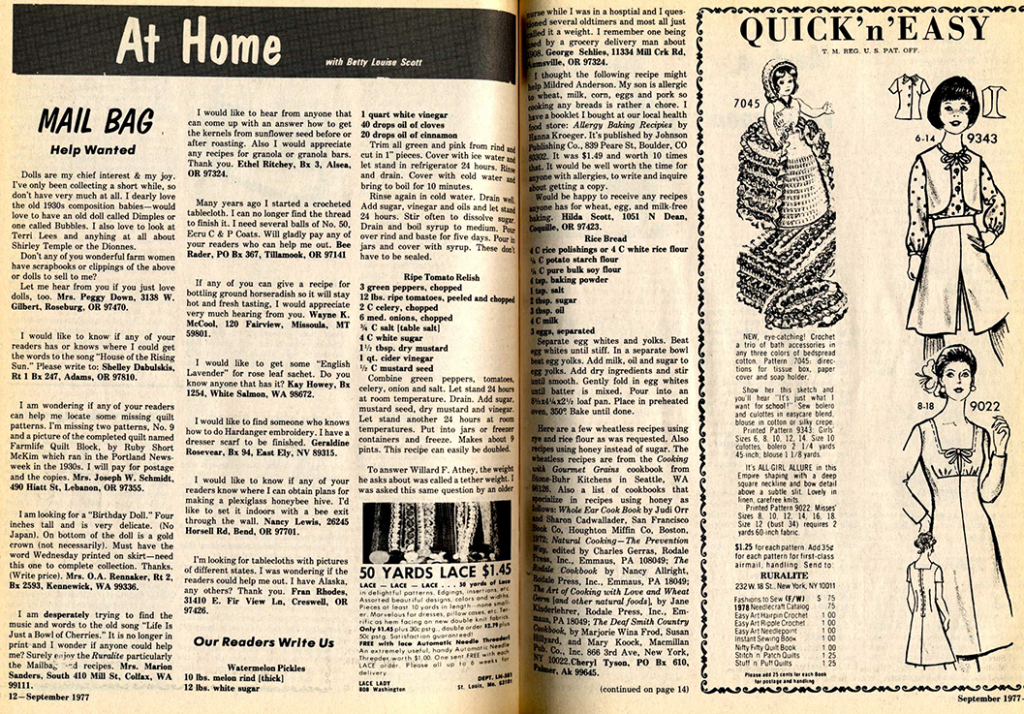
Kittitas Ruralite Magazine provides a glimpse into the past
Ruralite Magazine was first published in 1954 with “a spirit of public service and forward-looking sensibility.” But the magazine was not exclusive to Kittitas County as it was published by public utility districts across Washington, Oregon, Idaho, California, Nevada, Montana, and Alaska. Each state had multiple Ruralite versions specific to particular counties or regions, and by 1977, there were about 38 different editions going out to 157,000 households across the Northwest.
This personalization of the magazine provides a unique window into these counties and areas. Taking a look at a Kittitas County version of Ruralite, printed in the late 1970s, provides an intriguing glimpse into the social history of the county, state, and nation. The main themes of the magazine revolved around energy consumption and conservation, a probable response to the 1970s oil crisis the country and the world experienced throughout this time.

The many articles included within the Kittitas version of Ruralite from 1976 and 1977 urged readers to become more self-sufficient through a variety of means. One monthly section titled “Homesteading for Survival” teaches readers a range of conservation skills. One month it discussed composting tips, another month it taught readers how to build their own dryer, all to teach self-sufficiency to their readers.
Conservation was also expressed through the magazine’s “Bargain Counter for 140,000 Families” section. Each month, readers could post advertisements selling just about anything, but with the rural focus of the magazine, most goods up for sale related to agriculture. The conservation aspect of this section of Ruralite is that most products sold were used.
The other main focus of the magazine was to bring rural communities closer together. This community-building was accomplished through submission-based sections of the publication. The “Pen Pals” section is one such example. Split between requests from youth and adults, this was a place readers from across the Northwest could find their own pen pals and establish new connections.

The “Happy Days” section was a place for children fifteen and under to share their creative writings and art. Even though children could submit anything, the magazine tended to feature art and literature related to energy conservation over other subjects.
The “At Home” section of Ruralite was a place for readers to submit questions they had on a variety of topics ranging from recipes, gardening, and sewing to many other household topics. It also included an answer section where readers from across the Northwest could help other readers find the answers they were looking for. Before the age of the internet and online search engines, the “At Home” section was able to answer many readers’ questions even though responses took months at a time. These are only a few examples of what Ruralite has to offer to researchers and genealogists alike. The magazine could be used to discover social trends of the time, to study the evolution of the conservation movement in the U.S., or even for genealogical purposes.

On a side note, Ruralite is still in publication and reaches approximately 320,000 households across rural Alaska, Washington, Oregon, Idaho, Nevada, California, and Montana.
What might researchers find when comparing new and old publications of the magazine? Come to the Central Branch of the State Archives in Ellensburg to dive into this intriguing collection. Who knows what you might discover.